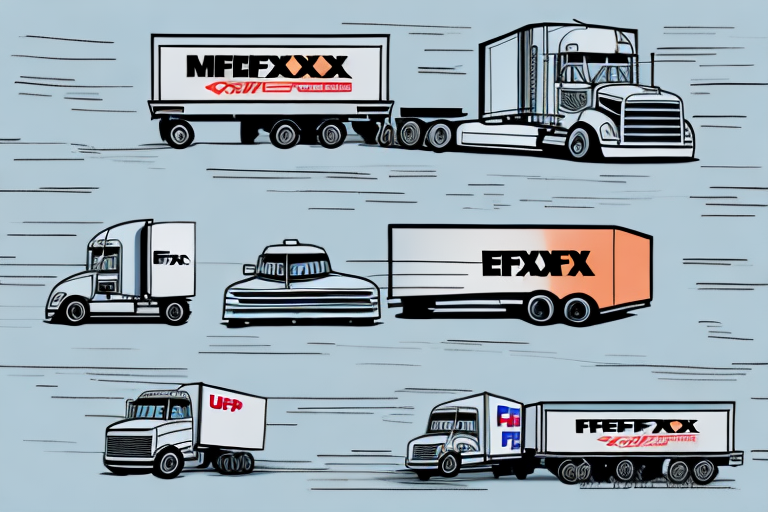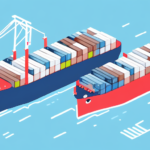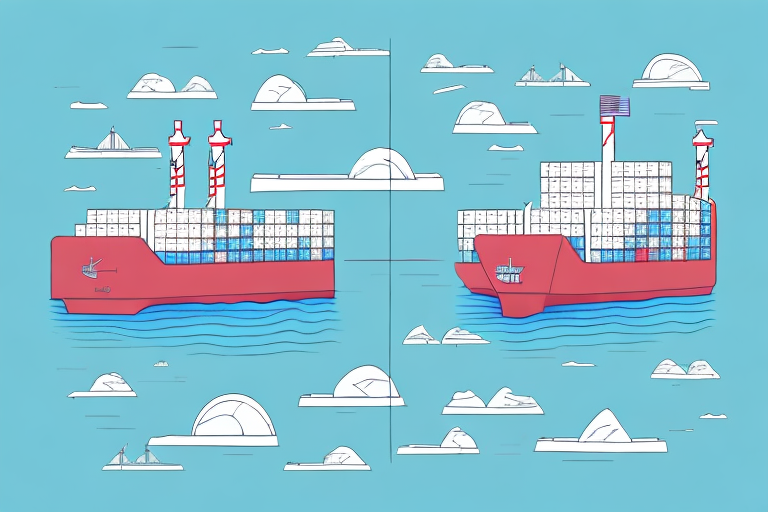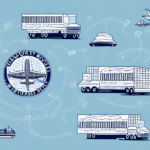Which Shipping Company is Faster: UPS vs FedEx?
Shipping is an integral part of any business that relies on the transportation of goods. It's a critical aspect that can make or break a company's reputation. One of the fundamental concerns of most shippers is speed. Every business needs to know which shipping company is faster, and it's a question that often comes up when deciding which carrier to use. In this article, we will explore the key differences between two of the biggest shipping companies in the world: UPS and FedEx, to determine which of the two is faster.
Introduction to the Shipping Industry
The rise of e-commerce and online shopping has dramatically increased the volume of packages being shipped globally. As a result, the shipping industry has grown exponentially, with thousands of shipping companies now operating worldwide. Delivering packages quickly and efficiently is not just a competitive advantage; it's a necessity for meeting customer expectations and maintaining a strong reputation.
Speed in the shipping industry goes beyond customer satisfaction. It also plays a significant role in reducing operational costs and increasing profitability. Faster delivery times can lead to more efficient operations, lower resource consumption, and ultimately, higher profit margins for shipping companies.
Factors Affecting Shipping Speed
Transit Times
Transit time refers to the duration it takes for a package to travel from the sender to the recipient. Both UPS and FedEx offer a range of services with varying transit times to meet different shipping needs.
Delivery Options
Both carriers provide multiple delivery options, including same-day, next-day, and ground shipping. The choice of delivery option can significantly impact the overall shipping speed.
Reliability and On-Time Delivery Rates
Reliability is a crucial factor when assessing shipping speed. It's essential to look at each company's track record for delivering packages on time. High on-time delivery rates indicate a reliable service, reducing the risk of delays.
Technology and Tracking
Advanced tracking systems and route optimization technologies play a vital role in improving shipping speed. Both UPS and FedEx utilize sophisticated technology to enhance their delivery processes.
Domestic Shipping Comparison: UPS vs FedEx
Delivery Times
Within the United States, UPS generally offers faster delivery times, with most shipments arriving in one to three business days. FedEx typically delivers packages in two to four business days. However, specific services like FedEx Express can compete closely with UPS in terms of speed.
Cost Considerations
While UPS may offer faster delivery, it often comes at a higher cost compared to FedEx. Businesses must balance the need for speed with budget constraints when choosing between the two carriers.
Reliability and Package Safety
Both UPS and FedEx have strong reputations for reliability. However, UPS has been known to experience more issues with lost packages, whereas FedEx has faced more challenges with damaged shipments. Evaluating these factors is essential for businesses that prioritize package safety.
International Shipping Comparison: UPS vs FedEx
Delivery Times
International shipping requires consideration of customs procedures and varying transit times. Both UPS and FedEx offer competitive international services, with transit times that can range from two to five business days depending on the destination.
Cost and Value
International shipping costs can vary significantly between carriers. FedEx may offer more economical options for certain routes, while UPS might provide better rates for others. It's important to compare costs based on specific shipping needs.
Network Coverage and Accessibility
FedEx boasts a more extensive global network in certain regions, while UPS offers stronger coverage in others. Assessing the network coverage ensures that your shipments reach their destinations efficiently.
Shipping Rates and Pricing Structures
Shipping rates are a major factor influencing delivery speed. Both UPS and FedEx have tiered pricing structures based on factors like package weight, dimensions, and delivery speed. Understanding these pricing models can help businesses make cost-effective shipping decisions.
- UPS typically charges higher rates for faster services, which can result in quicker delivery times.
- FedEx often provides more competitive rates for standard shipping options, balancing cost and speed.
- Both carriers offer discounts for bulk shipping, which can significantly reduce overall costs.
It's recommended to use a shipping software to automate rate comparisons and select the most cost-effective options for your business needs.
Customer Service Evaluation
Exceptional customer service can mitigate delays and resolve issues promptly. Both UPS and FedEx provide multiple customer service channels, including phone, email, and live chat support.
- UPS: Offers a comprehensive mobile app for tracking, scheduling pickups, and accessing support.
- FedEx: Features a virtual assistant on their website to handle common queries and guide customers through the shipping process.
Customer reviews indicate that response times and satisfaction levels can vary, so it's beneficial to test both services to determine which aligns best with your business requirements.
Technology and Innovation
Both UPS and FedEx invest heavily in technology to enhance their shipping processes.
- FedEx: Utilizes advanced software for route optimization and real-time package tracking to ensure timely deliveries.
- UPS: Employs data analytics and its Mobile Delivery App along with the My Choice service to provide customers with greater control over their deliveries.
These technological advancements contribute significantly to improving delivery speeds and overall customer experience.
Case Studies
Several businesses have chosen between UPS and FedEx based on their shipping speed requirements. For instance, an e-commerce retailer might prefer FedEx for its extensive international network, ensuring swift delivery to overseas customers. Conversely, a local manufacturer may opt for UPS to benefit from its faster domestic delivery times.
These real-life examples demonstrate the importance of aligning shipping carrier choices with specific business needs and delivery priorities.
Conclusion
Both UPS and FedEx are leading shipping companies offering reliable and fast delivery services. UPS tends to have a slight edge in domestic shipping speed, while FedEx excels in international deliveries and cost-effective solutions. When choosing between the two, businesses should consider factors such as delivery speed, cost, reliability, and customer service to determine which carrier best meets their specific needs.
Additional Tips & Resources
Here are some practical tips to optimize your shipping strategy:
- Use a shipping calculator to compare rates and delivery times from multiple carriers to find the most cost-effective shipping option.
- Implement batch shipping to streamline your shipping process and reduce costs.
- Invest in shipping software to automate your shipping workflow and increase efficiency.
- Utilize tracking software to monitor your packages' progress in real-time.
- Take advantage of discounts and incentives offered by shipping companies and third-party providers.
By adopting these strategies, you can enhance your shipping speed, lower costs, and create a more efficient shipping process for your business.




















